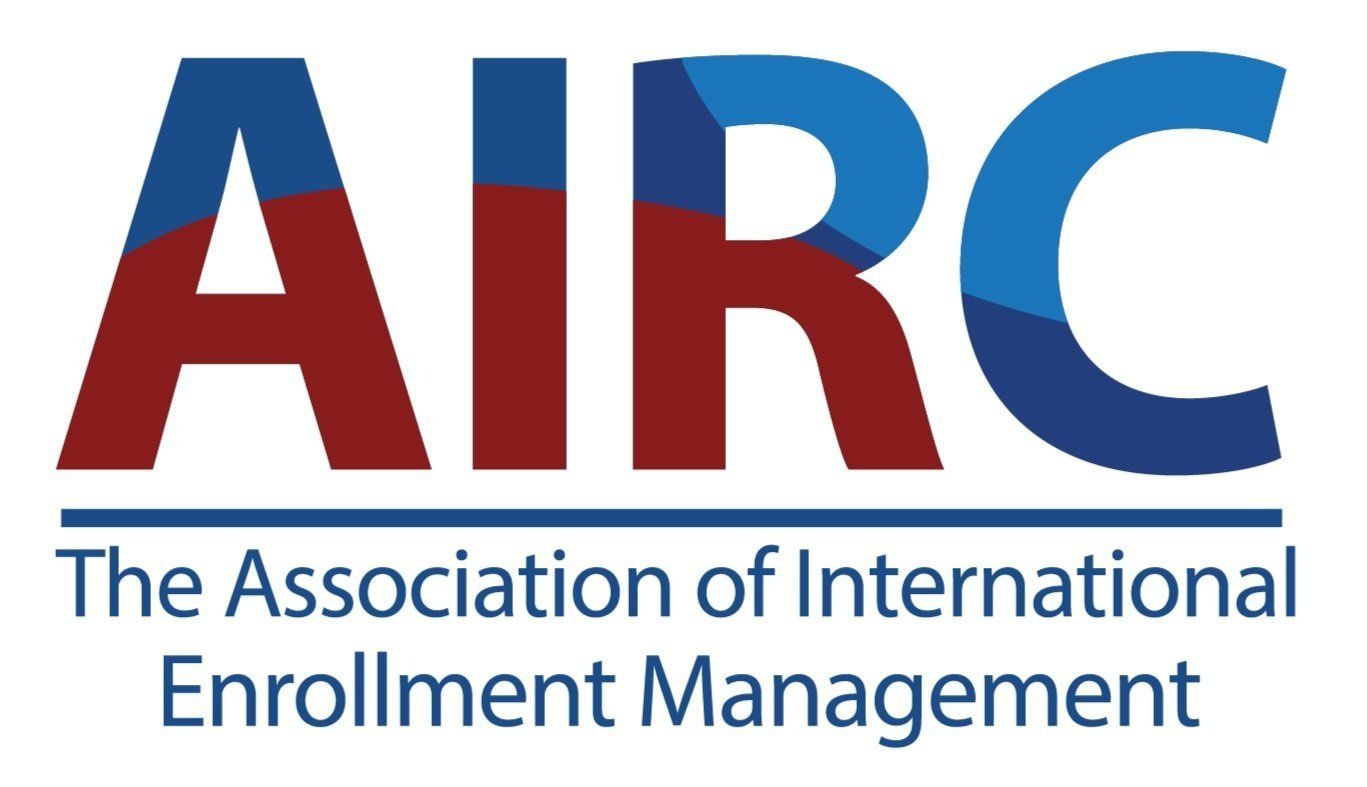A Definition for International Enrollment Management
In Support of AIRC’s Mission and Strategic Objectives
Short Definition
International Enrollment Management (IEM) is the field of professional practice concerned with the recruitment, enrollment, and success of international students. IEM integrates marketing, admissions, student services, and retention strategies into a coordinated framework designed to align international enrollment outcomes with organizational mission and long-term sustainability.
Detailed Description
International Enrollment Management (IEM) has emerged as a distinct and vital branch of Strategic Enrollment Management (SEM), applying its principles specifically to the recruitment, enrollment, and success of international students. SEM, broadly defined, integrates marketing, admissions, financial aid, and retention strategies into a coordinated framework designed to align enrollment outcomes with organizational mission and long-term sustainability (Howard, 2025; Hossler & Kalsbeek, 2013). Building on this foundation, IEM extends these practices to a global stage. It encompasses the full spectrum of international student services—from overseas recruitment partnerships and credential evaluation to intensive English programs, admissions, sponsored program administration, immigration compliance, and retention support (NAFSA, 2023).
Professional communities such as NAFSA’s International Enrollment Management Knowledge Community (KC) and standards developed by AIRC: The Association of International Enrollment Management have further formalized the field. AIRC’s Institutional Enrollment Management Standards emphasize ethical practice, transparency, and accountability in working with international students and recruitment partners (AIRC, 2020). Together, these frameworks underscore that IEM is not simply about increasing international student numbers. Instead, it is about building sustainable pathways that attract and support a diverse student body, ensuring that international enrollment practices are ethical, student-centered, and aligned with institutional goals and global higher education priorities.
In the global context, IEM is more than an operational function; it is a strategic driver of higher education’s role in diplomacy, economic development, and cultural exchange. Today’s international enrollment leaders operate at the intersection of shifting demographics, geopolitical volatility, and evolving immigration policy. They must not only recruit and retain students but also anticipate and adapt to changes in global mobility patterns, regulatory environments, and intensifying international competition for talent.
While domestic enrollment management literature often emphasizes yield optimization and retention strategies, the international dimension introduces unique complexities: cross-border policy shifts, global market diversification, international student services, and the cultivation of institutional brand identity across cultural and national contexts (Wilkins, 2021). International enrollment work therefore demands an agile, data-driven, and culturally competent approach that accounts for both long-term positioning and immediate operational challenges.
Adapted from Harmon, C., & Bista, K. (Eds.). (2025). Navigating the future of international enrollment management: Insights and strategies. STAR Scholars Press.
Sources
Howard, C. B. (2025, January 6). Distinguishing strategic enrollment management and annual recruitment plans. AACRAO. https://www.aacrao.org/resources/newsletters-blogs/aacrao-connect/article/distinguishing-strategic-enrollment-management-and-annual-recruitment-plans
Hossler, D., & Kalsbeek, D. H. (2013). Enrollment management and managing enrollment: Setting the context for dialogue. Strategic Enrollment Management Quarterly, 1(1), 5–22. https://doi.org/10.1002/sem3.20001
NAFSA: Association of International Educators. (2023). International enrollment management knowledge community. https://www.nafsa.org
Wilkins, S. (2021). Two decades of international branch campus development, 2000–2020: A review. International Journal of Educational Management, 35(1), 311–326. https://doi.org/10.1108/IJEM-08-2020-0409
